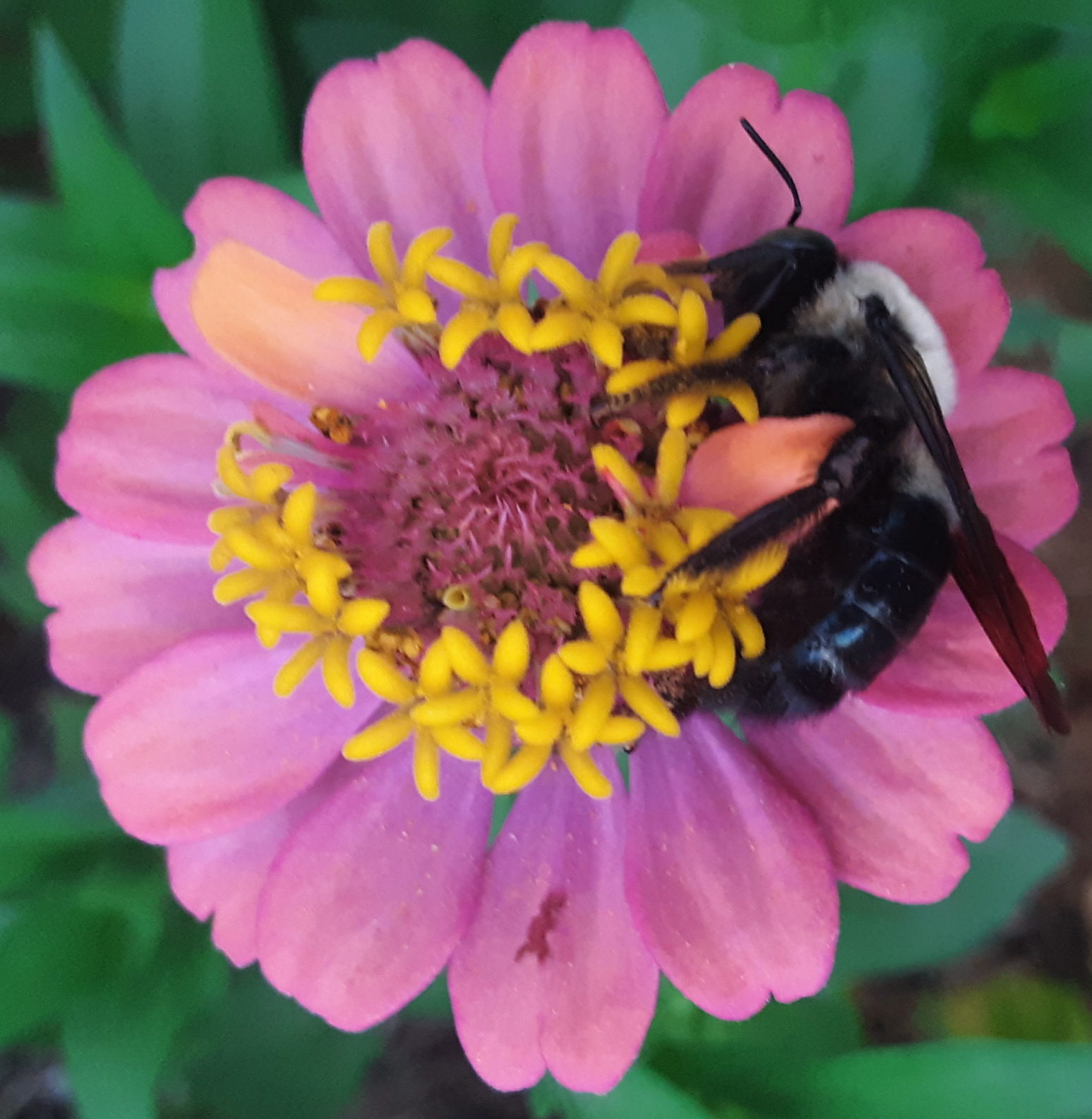Watering, Weeding and Weather
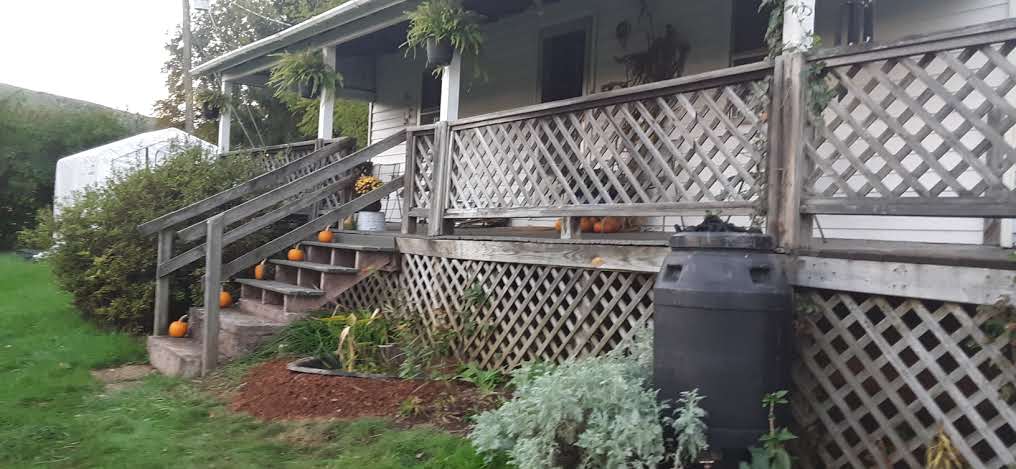
Watering, weeding and the weather: as gardeners, some of us sure complain about these three subjects a lot. I call them “the Three W’s” because remembering them makes gardening easier. Also, I love alliteration. Alliteration is a good way to remember important things.
I wish someone in my early gardening experiences had addressed these “Love them/Hate them, they’re always with us” subjects positively. Starting my young life with a more positive approach to money would also have been nice. But that’s another subject entirely!
We only recommend products and services we wholeheartedly endorse. This post contains special links through which we earn a small commission if you make a purchase (though your price remains the same).
The thing is, no matter WHERE you live, these three factors are important and integral to the success of your garden. There are ways to work with nature to make gardening easier.
Climate can make gardening easier or harder
“Idyllic” climates may have plenty of pests that LOVE the crops you plant and never get killed off by weather. Places with beautiful views and lots of sunshine might charge astronomic rates for water if you don’t plan well. Your area may become drought-prone.
If you live in a place with extreme winter, you likely get ample precipitation through snowfall. The temperatures kill off all but the hardiest of souls with long periods of sub-freezing temperatures. You may feel smug about the aspects of ample water and less-required weeding. But wherever you are, you will always find yourself dealing with THE WEATHER.
Everyone talks about the weather, but…
What to do, what to do? This is a blog that focuses on the mid-Atlantic state of Virginia zones 5-8. I still care about you and your garden. If you are reading this, chances are you do, too.
I want you to enjoy gardening! Share your tips with me! It would be fantastic to learn something I wrote or shared helped make your gardening easier. My missions is to send you on your merry way toward Gardening Bliss.
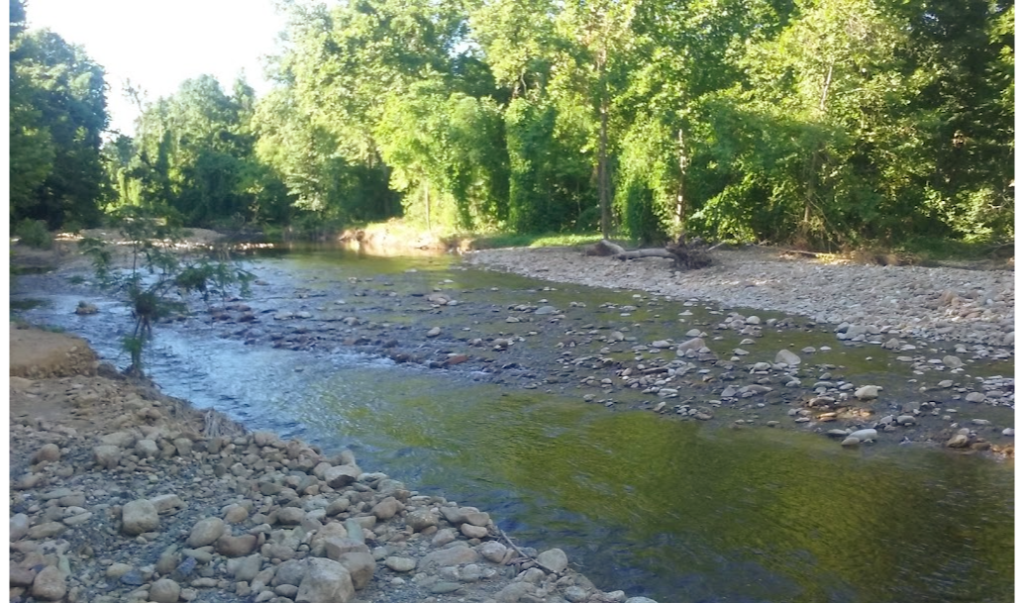
Watering
To do this, we need to deal straight away with these three. We’ll begin with water, the most important element.
First, I hope you researched before you planted that shrub or lettuce patch. I trust that you’re confident it grows well in your area. Its success will depend upon the average yearly rainfall, the soil, and your climate. Research up-front makes gardening infinitely easier over time.
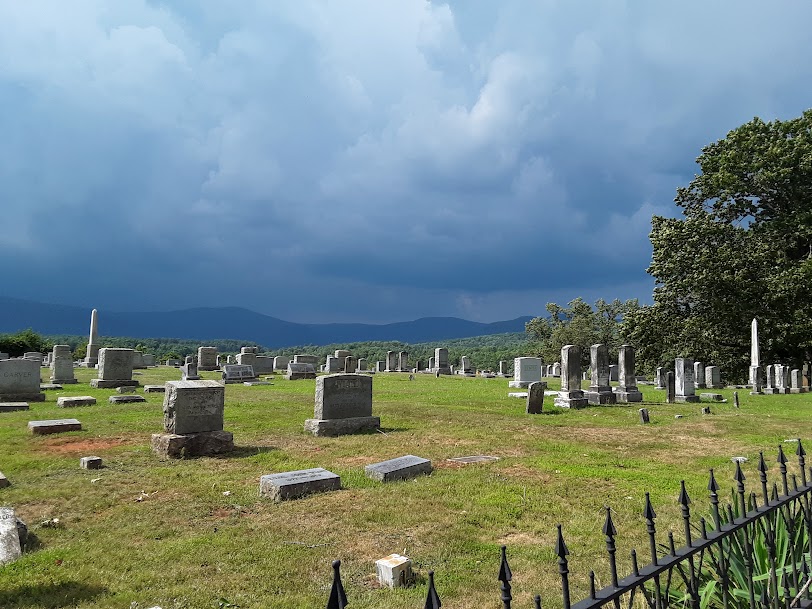
Mulching strategies
Second, consider these if you want to grow something that lacks the usual advantages: Mulch, rain catchment systems, and containers/raised or sunken beds. All should be in your frontline of considerations. Overlooking these options won’t be the death of you (per picture above), but may cause undue stress and detract from your gardening enjoyment.
Sometimes, the sky can look just like it does here above. Your garden is parched, and thirsty, just like much of Virginia can get in July (when this photo was taken). There’s nothing more infuriating than watching big rain-carrying clouds roll in, and…roll right on by. Not a drop of rain lands on your garden. Maybe equally upsetting is getting INUNDATED right after planting a crop, seeds washing away. Then hear JUST HOW MUCH California (for instance) needs rain. Is there a way we could all distribute this resource more equitably?
Well, yes, and it starts at home.
Mulch moderates moisture
First, when planting, ensure success by keeping weeds away. Moderate the water needs of your plants with a high quality mulch. By “mulch”, I mean materials like grass clippings (free), straw (free-to-inexpensive) and wood chips (free from some tree service companies-to- moderately expensive).
Proper mulching techniques are all over the internet in the form of videos, articles or this handy two-page pdf. My main takeaway I want you to get about mulching: it should look like a doughnut. This ring around the plant ensures roots are protected from too much or too little water. Mulch should NOT touch the main base of the plant! Give it 1″ to 8-12″ in diameter so water can run down the trunk/main body of the plant. This space allows water in to feed roots. It also enables water to stay protected in the soil longer, snug under a not-too-thick blanket of mulch.
Mulch under trees and bushes should NOT look like a volcano. Nor should it be so thick that no water can percolate into soil. Please refer to these handy diagrams and suggestions for optimal success with mulching
.
Make garden watering easier with rain barrels
Install a rain barrel, and save the abundance better for when you actually need it. Position it in a place where you wish you had a tap to either your home’s water or a well hydrant. Check local health food stores for large pickle barrels. Search the local Craigslist, Peruse the ever-increasing stylish options like these barrel-lookalikes, available at a big box like Lowes. If 50-gallons barely covers what you think you will need, local feed stores or Tractor Supply for a larger (275+ gallon) stock tank.
Calculating water storage from rainfall and rooftops
An inch of rainfall landing on one square foot of roof yields about 0.623 gallons. So, for the 400 square feet (one-half of my roof) that my rain barrel is hooked up to, I can get almost 250 gallons of water. One inch of rain falls, and that stock tank is almost full. Still not enough? Divert rainwater from more of your roof with additional guttering and/or rain chains, or increase your storage tank sizes.
Raised, sunken beds and containers simplify gardening
My third suggestion for making friends with watering is to urge you to consider using containers, raised beds and sunken beds. If you get LOTS of rain, and have a container garden, consider using terra-cotta pots on a sunny deck. Or, build raised beds that allow rain and moisture to drain at the bottom. If your area could use more precipitation, choose plastic or painted ceramic containers. They require less watering than unglazed terra-cotta pots.
Move these to a section of your garden that gets dappled shade from trees, neighboring structures or a pergola. Mulching INSIDE the containers can help moderate the water content around plants, and it finishes off the look in a contained garden.
A technique I’ve not employed as much as I should are sunken beds. Where raised beds help keep things from getting bogged down (useful in the wetland areas of Virginia Beach, for instance), sunken beds work well to guard from water run-off. This is a good strategy to employ in red clay (Scottsville) or mountainsides (Afton).
Mulching in these areas also makes good sense, and the plus side of mulching in pots is their purposeful portability. Move mulch away or add more if you don’t get it quite right the first time. Re-pot the plant if it’s always thirsty. Ditto if it’s swimming, and looks like a water plant, but labelled “cactus”!
When to water
When considering water, think of plants as similar to your pets, children, or friends. You love them. They’re nice to you, look all pretty, cleaning air and whatnot. You ARE the host here. Be a good one! If they look thirsty, be happy to give them a drink. Have their favorites on hand. If they seem like they’ve drunk too much, take their drinks away. Or in this case, stop overwatering! Mulch them a bit more, repot/replant into a drier environment.
Weeding
Moving on to our second new friend :Weeding. Many things can be done before it gets to the point where you have to do it, if it’s not your thing. Plant a mostly-containerized garden. Grow exclusively in raised beds. Put down a thick layer of weed cloth or cardboard underneath the soil before planting. Mulch the plants so the weeds have less chance. Raised beds come in all elevations. optimal for accessibility. Things like repurposed stock tanks look super modern and are effective garden beds.
Little money/Labor intensive inputs for less work later
If you are on a budget, or decide you want to allot a relatively large space in your yard for gardening, consider double-digging or tilling. In this case, I suggest you dig or till the area where you want to garden. Return 5-7 days later and lightly re-dig, till or rake the soil. This removes most of the small weeds that pop up right after your initial effort.
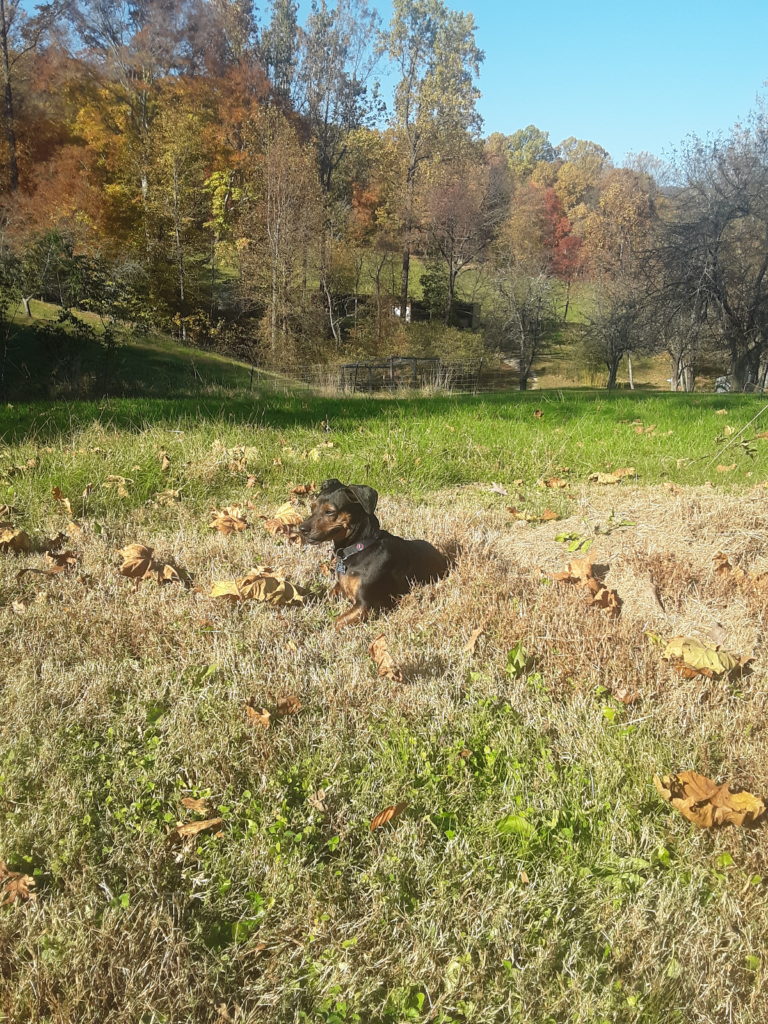
When you still need to weed because unexpected things just want to GROW in your garden
When things you didn’t plant still pop up, a few inexpensive tools and tricks make gardening easier. Work before the sun is shining overhead. Or, work at dusk. The best times to work include the best times to water, as it allows it to soak in. Get an appropriately-named weeder and a nice big kneeling pad to protect your knees. Wearing pants and long sleeves protects from sun and biting insects. If you still find yourself out there at noon, employ a sunbrella and/or a stylish sun hat.
Changing perspective makes garden work easier
Finally: weeds are a sign that you have LIFE-GIVING properties in your garden! They demonstrate what grows well in your area if you identify them. Weeds let you know which minerals you lack or have in abundance. They indicate if you have too much or too little water in your soil. Sometimes, they surprise you by being things you can actually eat or use as a cut flower. Things like corn salad, mint or butterfly weed, to name a few common Virginia “weeds”.
Weeding= “harvesting compost”
A friend shared his optimistic outlook that changed my relationship to the “chore” of weeding: he calls it “harvesting compost”. You can use pulled weeds in place of mulch or straw. Or feed the chickens with these misplaced plants. Add it all to the compost pile. Many times, it is fine just pulled and laid aside in the same spot to replenish the soil there. It is all about perspective, and your personal garden goals.
Weather
What did I almost forget? The weather! It is so integral to how much or how little water our gardens may naturally get, but easy to overlook it. We forget that we have a fair amount of control over what we can grow. Unlike ancestors who lacked the mobility or electricity, we can choose where to live, and what hours we choose to keep.
What’s your jam?
Do you love avocado, banana, coconut, coffee and mango so much that it’s most of your grocery bill? WHY, then, do you live in Virginia? (I ask myself this sometimes). With these preferred tastes, consider an attached greenhouse. Volunteer at a botanical gardens where you can learn to care for more tropical plants. Vacation in Costa Rica with your otherwise snow-bound family mid-February. (The things I fantasize about when I am snowed in).
Perhaps my example is extreme? I’m not writing in Toronto, one of my favorite cities in the world, but in the Blue Ridge mountains of Virginia. It’s January. I feel a little extreme. We’ve had almost two feet of snow so far this month! I have a little greenhouse I faithfully swept snow off several times in the last 24 hours. There’s a sunny window ledge where I grow herbs inside. I love black tea, so I will plant it this Spring, because thankfully, it grows (with protection) in my zone. I will try again to grow chicory and roast its roots to enjoy as a remarkable coffee substitute.
Preferring to veg out
My favorite of all vegetables is the humble and honorable potato. Thankfully, those grow well here. My point? If you have mobility and love to garden, consider moving to where you can grow things that nourish you. If you cannot move, but live where it’s extremely hot mid-day, make friends with the early a.m. Fit in some time to enjoy gardening at dusk.
You don’t have to do it ALL, all the time. Prefer planting and harvesting over weeding or watering, and you have a little bit of money? Hire a gardener. (Disclaimer: I am a for-hire gardener). There is no reason lack of time, ideal location, sunlight, or money should stop anyone from gardening!
Watering, Weeding and Weather: Three W’s that work with you and make gardening easy
Virginia’s weather (despite current conditions) is a huge bonus: we really get all four seasons. These distinct seasons allow us to grow abundant varieties of crops. Some of them, in their northernmost reaches (peaches), some in the southernmost preferred climates (apples, cherries).
The weather is something we can embrace and appreciate for what it offers. These seasons give us diversity of crops and lifestyle options. Weather happens regardless, as will weeds and water needs so embrace these three natural phenomena. You will better appreciate sunrises, watering and finding the first-ripened strawberry of the late Spring amidst the weeds
The best thing about gardening is that it’s a lifelong exercise in experimentation. You keep learning, then build on those successes.
